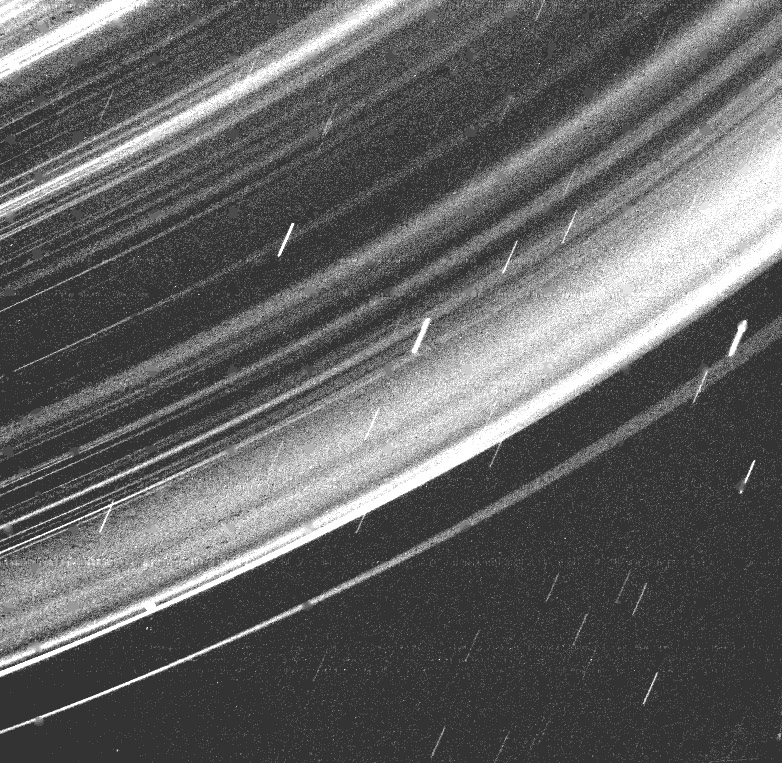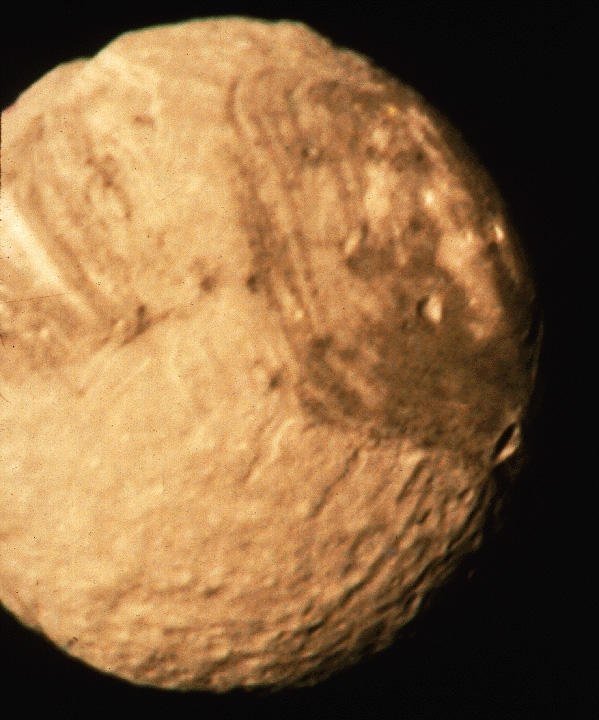August 6, 2003
The exploration of Uranus
A thousand times fainter than Jupiter, Uranus is barely visible to the naked eye. Viewed through a telescope, it looks like a small, featureless, blue-green disc.

Five large natural satellites were discovered around Uranus between 1787 and 1948: Titania, Oberon, Ariel, Umbriel and Miranda. It was not until 1977 that stellar occultation revealed Uranus’ 9 dark, narrow rings of matter. Occultation occurs when a planet passes in front of a star, momentarily blocking out its light, and is the only time Uranus’ rings are visible from Earth.

Scientists learned more about Uranus in those 6 hours than in more that 200 years of Earth-based observations, and discovered some 10 new satellites plus an additional ring.
Voyager 2 was able to visit all 4 giant outer planets thanks to a rare planetary alignment. Its observations of Uranus have been supplemented with shots taken by the Hubble Space Telescope.
Unfortunately, with no further missions to Uranus planned for the foreseable future, the wealth of information gathered by Voyager 2 may not be added to for many years.
Unfortunately, with no further missions to Uranus planned for the foreseable future, the wealth of information gathered by Voyager 2 may not be added to for many years.
| If you were on Uranus… |
|
…your summers and winters would last 42 years each and be like your days and nights. Uranus’s rotational axis means it has no Sun in the winter and constant Sun throughout the summer;
…when visible, the Sun would appear to draw a small circle in the sky; …you wouldn’t be able to breathe; …you wouldn’t find any solid ground to walk on; …as you descended through Uranus’s atmosphere, the gas would get thicker and thicker before finally turning to liquid. |